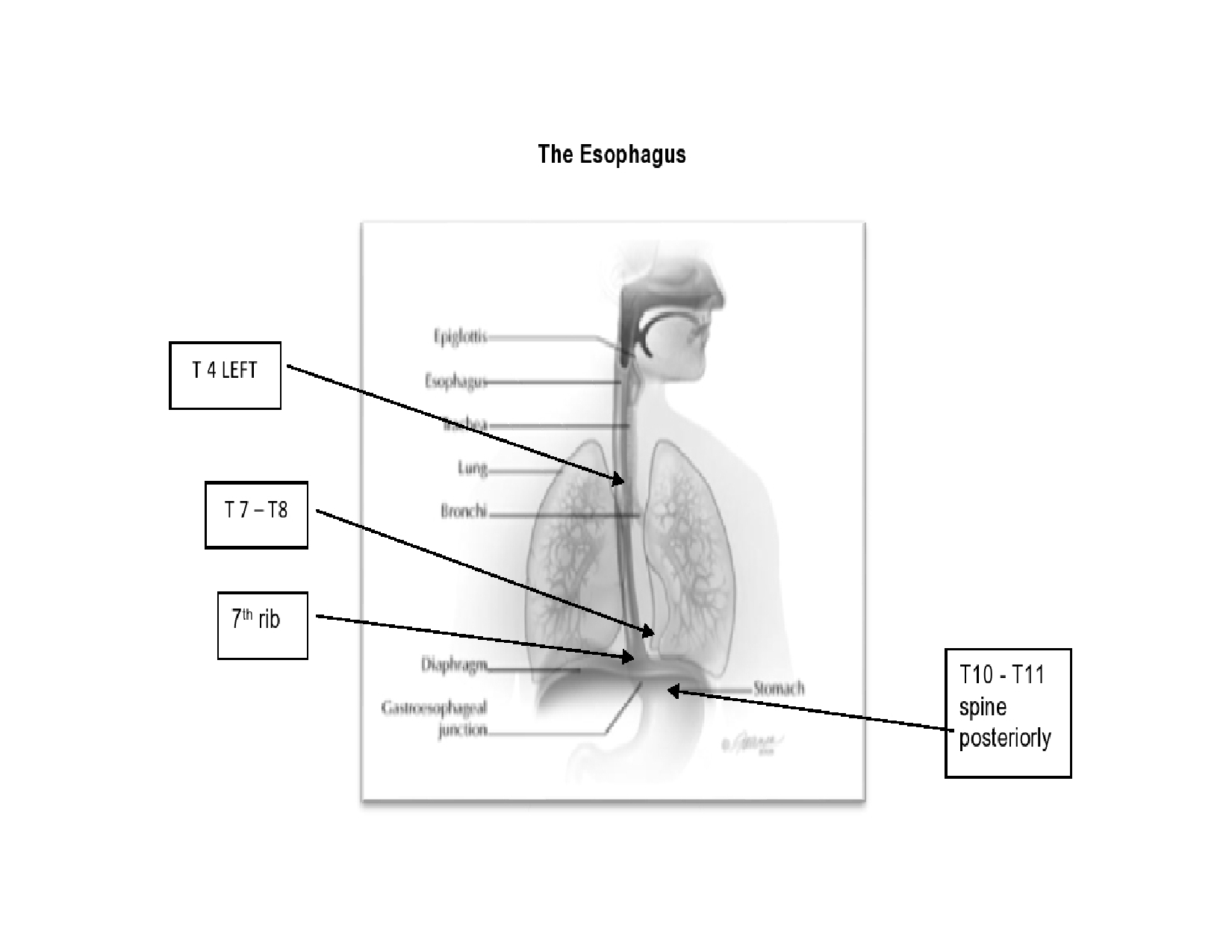Part 3. Visceral Osteopathy of the Stomach (Upper Gastro-Intestinal Tract)
VISCERAL OSTEOPATHY SERIES
Part 3 of our Visceral Osteopathy Series where you will learn to treat dysfunctions of the Stomach, and the Stomach in relation to the Diaphragm.
Indigestion of the Stomach
Soothing Hiatal Hernias
and more...

How this course works:
This is a six week course with one module being released each week. Each module is very complete containing several sections of audio lessons, text, demonstration and training Videos and a Quiz. This makes your learning throughout the course to be never boring, but rather, a constantly engaging multi-modality format.
There is a hands-on practice homework section at the end of the course where you can download copies of the Treatment Techniques and Protocols that you will practice in order t be eligible for a Certificate of Completion.
Pre-Requisites:
The short course Foundations of Visceral Osteopathy is a pre-requisite before enrolling in this full length course. It will teach you the foundational principles that govern the movement and function of the digestive organs. You will need this basic knowledge in order to fully benefit from any further courses in the Visceral Osteopathy series.
Click here to go to the Foundations of Visceral Osteopathy course page

The mechanics of the Upper GI System are complex, so understanding them is crucial to providing effective treatment.
Thankfully, Maureen has the unique gift of being able to explain complex concepts is easy to understand ways.
The Upper GI Tract is an area where many conflicting forces, including mechanical traction, meet. The esophagus and upper part of the stomach are affected simultaneously by the negative pressure within the thorax and the positive pressure within the abdomen, leading to a variety of mechanical pathologies in this region.
In this course you will learn how the organs of the upper gastro intestinal tracts intersect and affect each other.
You will also learn to master the evaluation and treatment of them successfully to provide your patients with reliefs from common conditions such as :
Reflux
Indigestion
Hiatal hernias
and more...
A copy of the desktop version PDF of the Workbook is available for download at the end of the course.
1.1 The Upper Gastro Intestinal Track & Pressure Gradients or Variations in Volume Pressure
1.1 The Upper Gastro Intestinal Track & the Principle of Organ Mobility
1.1 Summary of Important Osteopathic Principles of the Upper GI Track
FREE PREVIEW1.1 Typical Referred Pain Pathways – Dermatomes
1.1 Demonstration Video - Locating the Anterior & Posterior Dermatomes of the Upper GI Tract
Download - Practicing Locating the Upper GI Organs & their Dermatomes
Did you do our Hands-On Practice ?
Physiologic Location of the Stomach in Relation to the Spine
The Stomach
Relationship of the Diaphragm to the Stomach
Mobility of the Stomach
Module 1 Quiz
2.2 Goal of Visceral Osteopathic Treatment of the Upper GI Track
2.2 Subjective Symptom Evaluation - What your patients tells you
FREE PREVIEWModule 2 Quiz
Module 3 Quiz
Functional Anatomy of the Thorax & Diaphragm
The Progressive Movements of the Diaphragm and Thorax During Pulmonary Breathing
Lateral Expansion of the Thorax & Diaphragm during Mobilization
Movement of the Stomach along with Movement of the Diaphragm
Everyday Causes & Symptoms of a Restricted Diaphragm
4.3.1 Intro to Training Videos - How Visceral Osteopathy can re-establish the functional equilibrium of the diaphragm
How the audio and video lessons will help your learning experience
Explanation - Testing for Restrictions within the Diaphragm Muscles (Anterior Supine Position)
Training Video -Testing for Restrictions Within the Diaphragm Muscles (Anterior Supine Position)
Explanation - Anterior Supine Techniques to Stretch and Release the Diaphragm Muscles
Training Video - Anterior Supine Techniques to Stretch and Release the Diaphragm Muscles
Explanation - Myofascial Stretch of the Lateral Borders of the Diaphragm
TRAINING VIDEO - Myofascial Stretch of the Lateral Borders of the Diaphragm
Explanation - Using Vibration in a Seated Technique to Release the Abdominal Diaphragm
Training Video - Using Vibration in a Seated Technique to Release the Abdominal Diaphragm
Gastric Ptosis & Prolonged Arm Posture
Other Causes of Gastic Irritative Syndromes
What is Gastric Ptosis?
Hiatal Hernias of the Stomach
The principal causes of hiatus hernias
Mechanical Syndromes in Hiatal Hernias & Reflux
Locating the Stomach on Yourself
Locating the Stomach on your Client in a Seated and Supine Position Olga
Evaluating Stomach Mobility & Motility in a Seated Position
Evaluating & Treating Stomach Motility in a Supine Position
Palpation & Treatment of mobility of the stomach in relation to the aesophagus
Introducing the Training Videos of Upper GI Visceral Treatment
FREE PREVIEWVideo Demonstration - Recoil Techniques to Release Adhesions & Rebalance Intra-Thoracic Volume Pressure
Video Demonstration - Stomach in a State of Ptosis - Treatment to Reduce Gastric Ptosis and restore elasticity & movement of the stomach
Stomach Being Pulled Upwards - Seated Technique for Treating Hiatal Hernia
How to Practice the techniques you learned and what is required of you for your homework assignments
Maureen Norah Maher, BA, DO(Qc), DOMP Osteopath Practitioner and Educator
How to Contact us
Maureen Hannah Maher